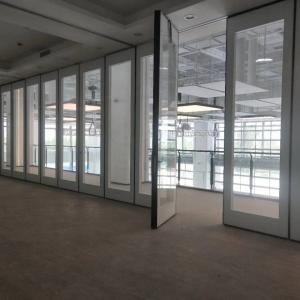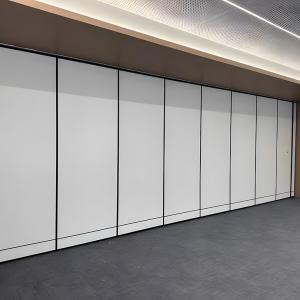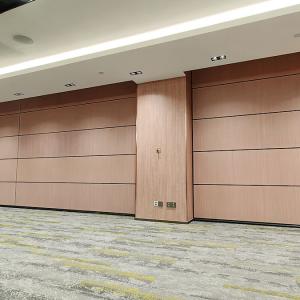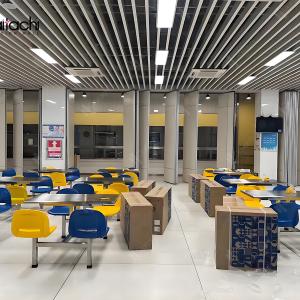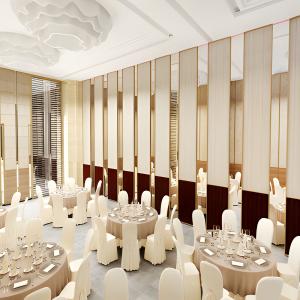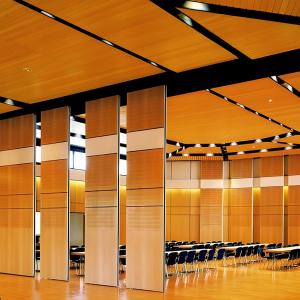These Space Partitioning Methods Work Better Than Brick Walls
When designing a space layout, many people are often constrained by the fixed framework of traditional walls. However, with the evolution of modern spatial design concepts, brick walls are no longer the only option. Especially when flexibility in adjusting space structure is required, movable walls & operable partitions and vertical folding partition wall emerge as superior solutions.
Soft Partitioning: Breaking Tradition, Creating Dynamic Spaces
Folding Walls are an innovative way to divide space, breaking free from the limitations imposed by cold concrete walls and allowing space to flow seamlessly between openness and separation. In a setting with strong visual aesthetics, folding partition wall not only enhance spatial appeal but also add layers to the design, making them suitable for various scenarios. By cleverly using folding wall panels, spaces can maintain a sense of openness while still achieving functional divisions.
Vertical/folding retractable walls are a more advanced method of space division, particularly suitable for areas requiring higher levels of privacy, sound insulation, or independent functionality. These partitions often feature motorized folding mechanisms and can be concealed within the ceiling when not in use, ensuring zero obstruction of usable space. Compared to fixed walls, Vertically Folding Walls are easy to install and can seamlessly integrate with the overall interior design, maintaining an open atmosphere while allowing for privacy when needed.
Choosing the Right Partitioning Method Based on Needs
Whether opting for folding walls or vertical partition walls, each solution offers unique advantages. When selecting a space partitioning method, it is essential to consider practical needs, floor plan characteristics, and personal aesthetic preferences to create a space that is both functional and visually appealing.
In modern interior design, flexible and aesthetically pleasing partitioning methods are increasingly replacing traditional brick walls, bringing more versatility and creativity to spaces.
Conclusion:
Brick walls are not the only option—choosing the right partitioning method based on needs ensures better efficiency:
Balancing flexibility and functionality: Movable Partition Walls.
High privacy, concealed storage, and superior sound insulation: electric vertical wall systems.
By making strategic use of these solutions, space utilization can be optimized while preserving the possibility of future modifications.
When designing a space layout, many people are often constrained by the fixed framework of traditional walls. However, with the evolution of modern spatial design concepts, brick walls are no longer the only option. Especially when flexibility in adjusting space structure is required, movable walls & operable partitions and vertical folding partition wall emerge as superior solutions.
Soft Partitioning: Breaking Tradition, Creating Dynamic Spaces
Folding Walls are an innovative way to divide space, breaking free from the limitations imposed by cold concrete walls and allowing space to flow seamlessly between openness and separation. In a setting with strong visual aesthetics, folding partition wall not only enhance spatial appeal but also add layers to the design, making them suitable for various scenarios. By cleverly using folding wall panels, spaces can maintain a sense of openness while still achieving functional divisions.

Folding Doors And Room Dividers: Flexible Adjustments for Dynamic Spaces
If you want to divide a space without tearing down walls, Movable Partition Walls provide an excellent alternative. These foldable partition walls are designed to be movable and foldable, allowing for real-time adjustments based on specific needs. For example, in an open-concept dining area, a moile wall can be used to create a flexible division between the main hall and a private dining section, enabling multifunctional space utilization.Additionally, folding partition walls commercial come in a variety of styles. They can be chosen to match the overall decor or designed with contrasting colors and materials to create a unique visual impact, enhancing spatial aesthetics.
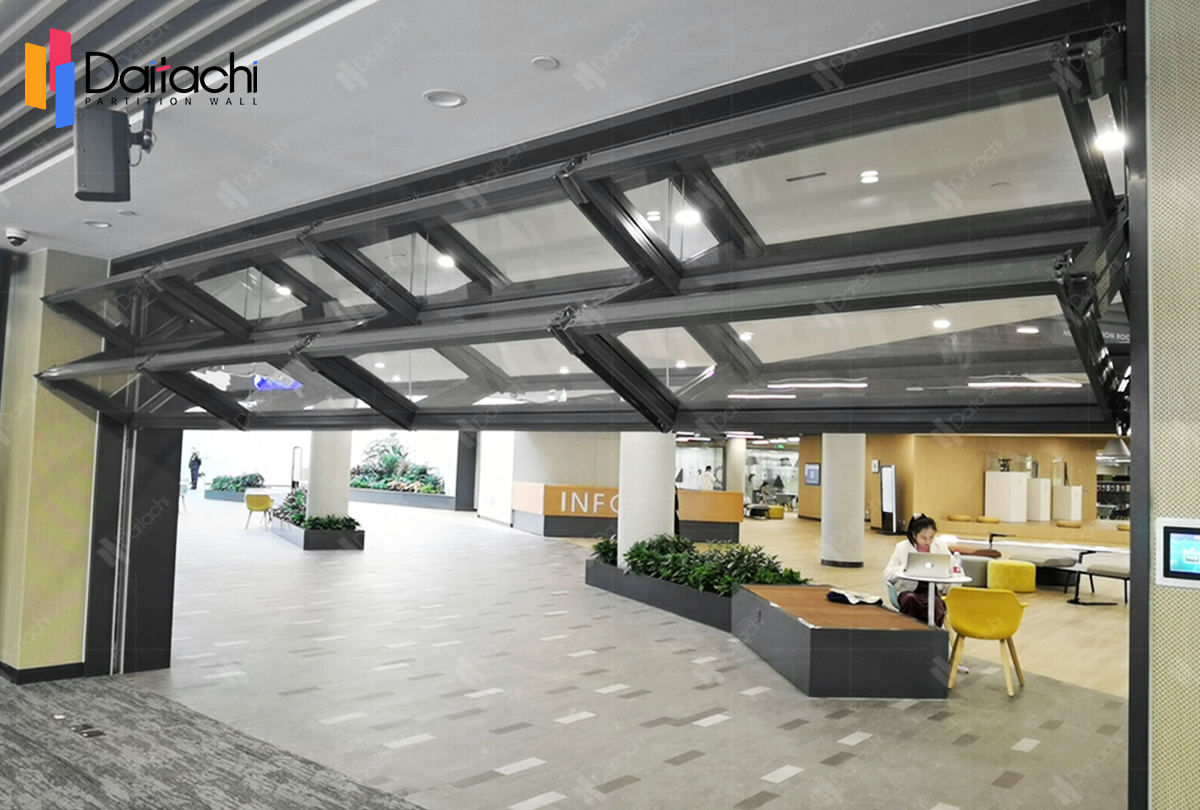
Vertical/folding retractable walls are a more advanced method of space division, particularly suitable for areas requiring higher levels of privacy, sound insulation, or independent functionality. These partitions often feature motorized folding mechanisms and can be concealed within the ceiling when not in use, ensuring zero obstruction of usable space. Compared to fixed walls, Vertically Folding Walls are easy to install and can seamlessly integrate with the overall interior design, maintaining an open atmosphere while allowing for privacy when needed.
Choosing the Right Partitioning Method Based on Needs
Whether opting for folding walls or vertical partition walls, each solution offers unique advantages. When selecting a space partitioning method, it is essential to consider practical needs, floor plan characteristics, and personal aesthetic preferences to create a space that is both functional and visually appealing.
In modern interior design, flexible and aesthetically pleasing partitioning methods are increasingly replacing traditional brick walls, bringing more versatility and creativity to spaces.
Conclusion:
Brick walls are not the only option—choosing the right partitioning method based on needs ensures better efficiency:
Balancing flexibility and functionality: Movable Partition Walls.
High privacy, concealed storage, and superior sound insulation: electric vertical wall systems.
By making strategic use of these solutions, space utilization can be optimized while preserving the possibility of future modifications.
